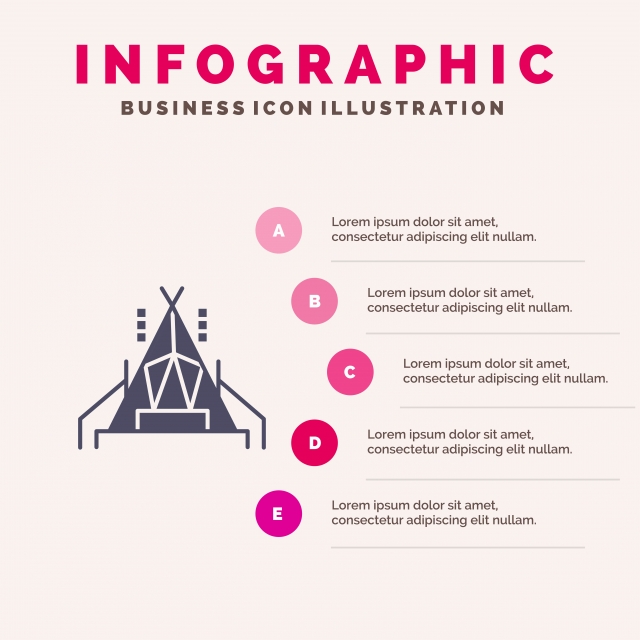As sustainable layout comes to be significantly preferred, all-natural building materials are restoring prominence. Natural insulation choices like down, cork and Havelock woollen offer a broad range of advantages, consisting of superb warmth-to-weight ratios, water resistance and compressibility.
However, their sustainability relies on the resource of basic materials and how they are processed. Some artificial elements dropped microplastics during construction and are hard to reuse, contributing to landfill waste and pollution.
Expense
When it involves shielding garments and sleeping bags, price is usually a leading consideration. While natural products guarantee lower exhausts and biodegradability, artificial insulation provides unmatched toughness and efficiency for less.
Designed to resemble the protecting residential or commercial properties of down, synthetic insulation is composed of high-loft clusters of polyester. Common brand names include Thinsulate, PrimaLoft and Climashield. These are additionally breathable and can be pressed down to dimension for smaller packs. Nonetheless, they do not carry out as well in wet conditions.
A loved one newbie to the eco-insulation market, Icynene spray foam is a powerful air sealer that expands 100x its initial volume in wall and roofing cavities. It can be splashed on walls, floorings and attics and is excellent for retrofits. It's made mostly from recycled paper products and treated with fire resistants.
Resilience
The longevity of insulation materials can have a large effect on the total sustainability of a framework. It can influence life cycle discharges, power usage and upkeep requirements. All-natural materials can stand up to weather wear and ecological pressures and commonly require fewer upkeep than synthetic alternatives.
For instance, ThermaCork increased cork and Havelock wool are durable, sustainable insulation solutions that use a wide variety of advantages. They also provide an even more sustainable structure choice to traditional fiberglass and foam insulation. They can supply superior fire resistance, acoustic performance and contribute to better indoor air quality.
Artificial insulation is typically constructed from polyester, which can be either raw or recycled. It's engineered to imitate down's lofty tendril structure, trapping warm air for insulation. However, it doesn't press along with down and can shed its shielding power when wet. Over the last few years, however, scientists have actually had the ability to establish synthetic insulation that much more carefully matches the warmth-to-weight ratio tent weight of down while maintaining its insulating properties in damp problems.
Recyclability
The protecting materials used in building construction have substantial influence on the setting. This results from both their production phase (using non-renewable resources and fossil power intake) and their disposal stage. They also add to environment modification and trigger health concerns in individuals who are exposed to them.
All-natural insulation choices like ThermaCork increased cork and Havelock wool can be recycled, along with sourced in your area to decrease transportation-related carbon exhausts. They additionally have reduced symbolized carbon and some are even carbon-negative. In addition, they might be licensed by Cradle to Cradle or GREENGUARD for lasting practices and reduced degrees of produced toxins.
Another environment-friendly choice is timber fiber insulation. This cellulose insulation is made from recycled paper, cardboard, and various other waste products. It can be treated with borate to keep fire resistance and waterproof paraffin wax to stop dampness seepage. It has an R-value of 3.6 to 4.2 per inch and executes similarly to artificial foam boards.
Sustainability
As even more home builders are looking for environment-friendly insulation choices, it is very important to comprehend real environmental effect of these materials. This includes their embodied carbon, toxicity and breathability, as well as just how they execute in various environments.
Natural insulation like cork, hemp and wool provide a variety of benefits from renewable resources. They additionally disintegrate normally at the end of their life, which decreases landfill waste and pollution. They often additionally have reduced symbolized carbon than synthetic alternatives and discharge much less unpredictable organic compounds during usage, which enhances indoor air quality.
To locate an eco-friendly insulation, seek third-party qualifications such as Cradle to Cradle or GREENGUARD Gold. These suggest that the insulation has been tested according to strenuous ecological and wellness standards. In addition, try to find products that are made from recycled or upcycled materials to lower symbolized energy. This can help reduce the ecological footprint of your project by sustaining regional economies and lowering transportation-related discharges.
